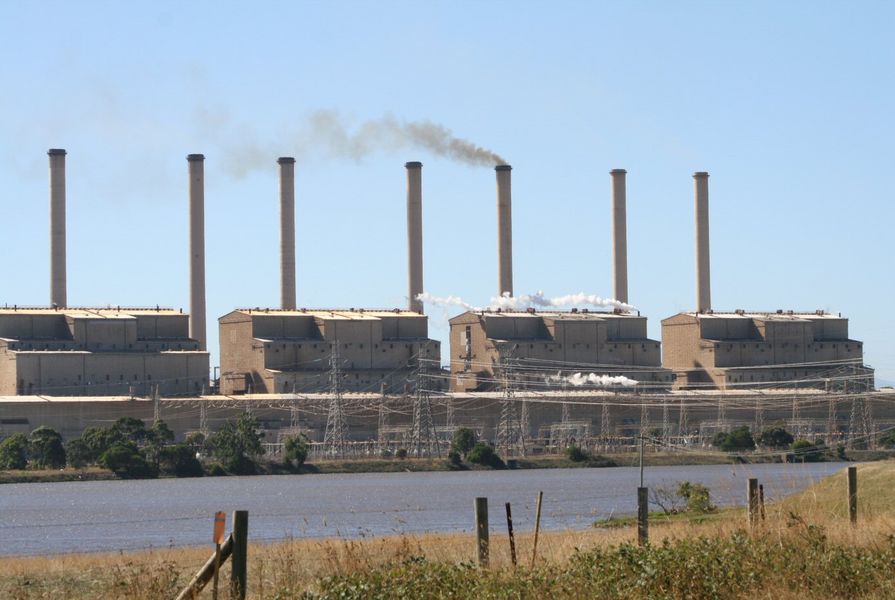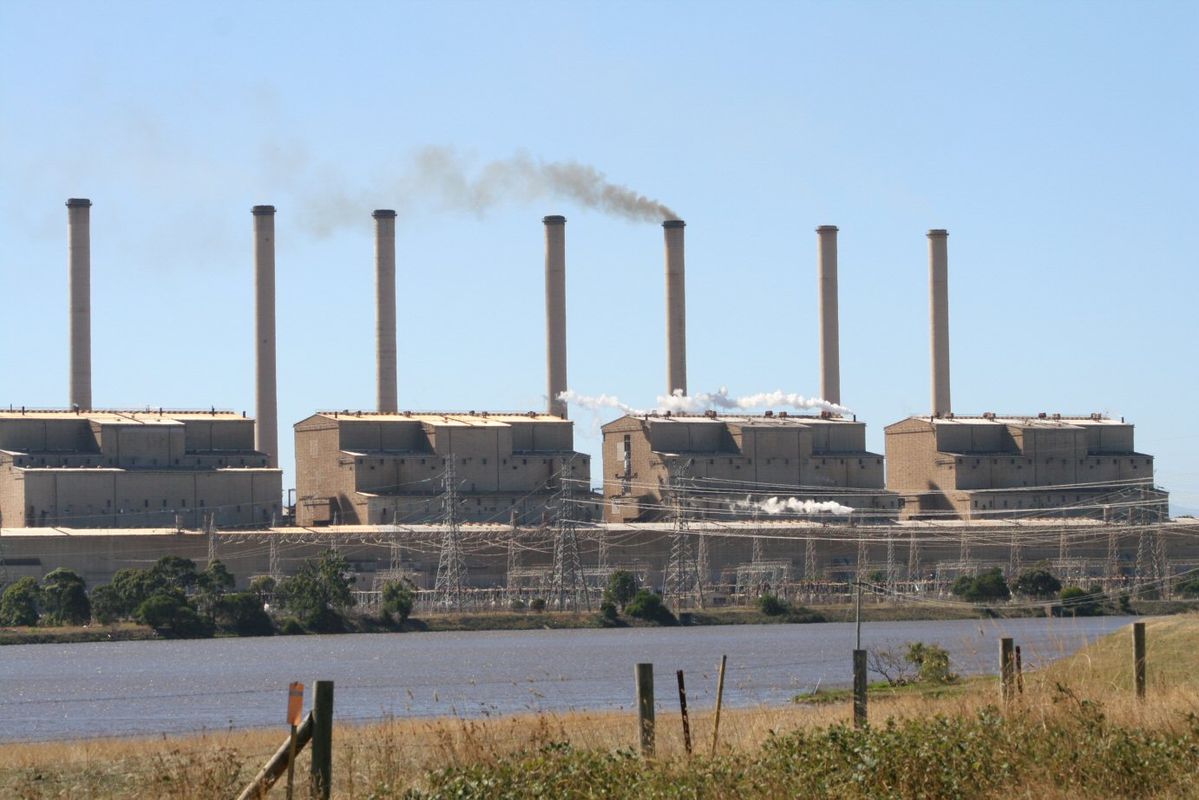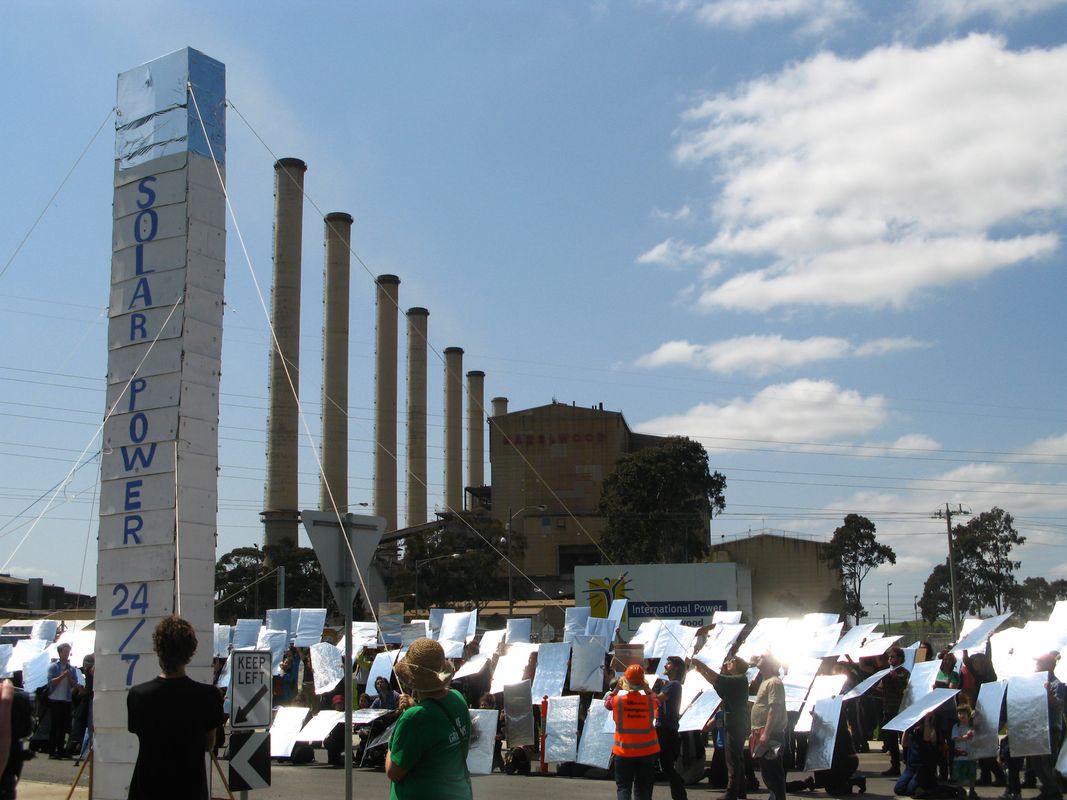The Latrobe Valley has been the home of energy generation in Victoria for many years. But how we generate energy is changing as the world begins to move away from polluting coal power and embrace renewable energy technology. This shift is urgent, and as the oldest and most climate polluting power station in the Australia, closing Hazelwood is a big first step towards tackling climate change in Victoria.
This is, understandably, a challenging time for Latrobe Valley. Hazelwood employs more than 500 people directly, and some are fearful that the loss of these high paid jobs may have flow-on effects for others in the community.
However the Latrobe Valley is not alone in facing down this challenge. Communities across the world have dealt with and are dealing with industrial decline and economic adjustment. In looking to examples such as Germany and manufacturing centres in the US, it becomes clear that the most successful economic transitions are those that are led by the community and supported by all levels of government.
Environment Victoria explores these themes in our recent report: Life After Coal: Pathways to a Just and Sustainable Transition for the Latrobe Valley.The report profiles a successful transition in Rochester in New York where the Kodak HQ closed, and less successful efforts in Wales following coalmine closures. It finds that transition is more likely to succeed where there is forward planning, community leadership and government backing to support a diverse range of new industries.
The report also outlines five case studies of industries that could deliver new jobs and income for the region (some of which draw on efforts being driven by local Latrobe Valley groups):
- A home energy efficiency retrofit program for Gippsland, which could create up to 620 jobs over 10 years and save Gippsland households $58 million dollars on their energy bills, which would likely stay in the local economy;
- Commercial building energy efficiency, potentially generating savings of $27.7 million per year for local businesses – which could then be spent elsewhere in the local economy;
- A State Energy Transition Centre that could take advantage of the region’s existing electricity infrastructure to create a range of renewable energy, manufacturing and education initiatives;
- Sustainable pre-fabricated housing construction on under-used land in Morwell; and
- Solar water-heating manufacturing, taking advantage of the booming solar hot-water industry to create a local manufacturing hub in Morwell.
Mine rehabilitation will also be a major employer in the Latrobe Valley for years to come, provided companies deliver high quality rehabilitation outcomes. Ensuring that coal miners leave behind a site with no outstanding environmental problems that can be used for a range of community purposes could create over 200 ongoing jobs at the Hazelwood site.
Critical to a fair future for the Latrobe Valley is government engagement and support. The Victorian government has already committed $40 million to support economic transition in the Latrobe Valley. This is a good start, but more is needed.
In contrast, despite unconfirmed rumours, the Turnbull government is yet to provide a cent towards supporting the community of the Latrobe Valley. Energy Minister Josh Frydenberg has so far taken a hands-off approach to Australia’s coal generators, but he (and local MP Darren Chester) urgently need to announce how the Turnbull government will support the Valley through this transition. As part of Julia Gillard’s Clean Energy Future package in 2012, $200 million was available for structural adjustment packages for regions where power stations might close. That funding was scrapped by the Coalition when they scrapped the carbon price, but it is the scale of intervention needed.
Environment Victoria has called on the Federal Government to create a Latrobe Valley coal closure fund to support the region at this time. Money should be prioritised for existing and new sustainable projects in the Latrobe Valley.
Communities need to lead and be heard, but they shouldn’t be burdened with the economic consequences of shifting to the clean energy future we all need.
This article was originally published in Planning News, Volume 42 No. 10 (November 2016).













